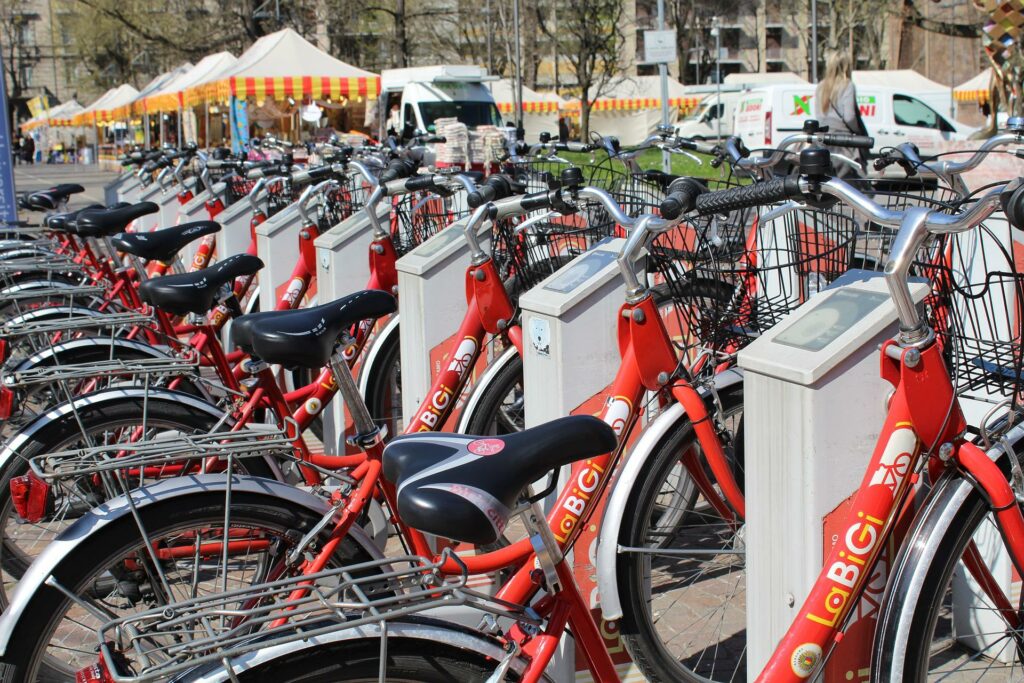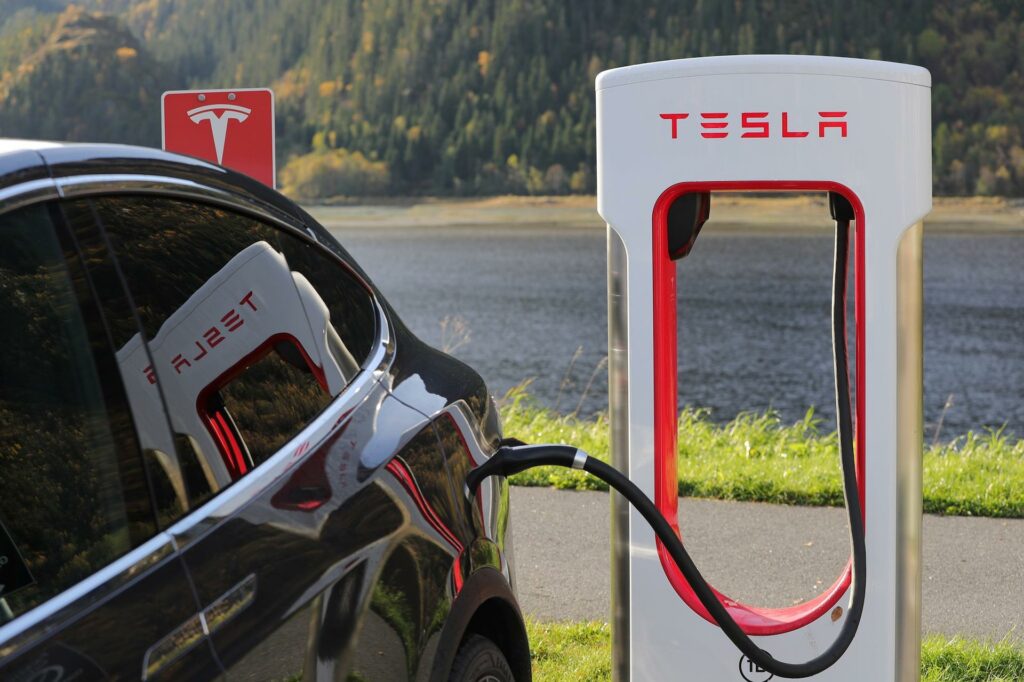Cars and Transportation: How Your Choice of Vehicle Affects the Climate?
The transport industry contributes to a significant percentage of air pollution and CO2 emission in the environment. Cars, specifically, produce carbon monoxide and nitrogen oxide in large volumes. Despite being one of the common causes of air pollution, cars are in high demand. That’s not even the worst part. Cars tend to consume a considerable amount of energy before they are used. The automotive industry leaves a significant carbon footprint, as the production of the automotive parts and materials used on the cars, such as paint, rubber, plastic, and glass can have a detrimental effect on the environment. The car contributes to air pollution and environmental impact even when you don’t use it anymore. The plastic, batteries, and other components are still toxic to the atmosphere.
Climate change occurs due to the buildup of harmful gasses in the atmosphere. Since car operations require the burning of fossil fuels, it results in heavy CO2 emissions. The increased level of CO2 and heat in the atmosphere leads to climate change. It creates fog in the air, which affects your visibility and makes the air unsafe for children and people with respiratory diseases. In fact, the gasses emitted by cars and other vehicles are proven to be more harmful than the hazardous gasses produced by industrial smokestacks. That’s because the CO2 emission from cars and other vehicles gets trapped in the air, causing several respiratory issues and lung diseases.

Benefits of Sustainable Transportation
Many cities have adopted sustainable transportation to reduce carbon emissions. The government is focusing more on making transport environment-friendly in every possible way. Here’s how embracing sustainable transportation can benefit the climate and the environment.
- Less Pollution: Each vehicle produces a large volume of CO2 every day. By switching to public transportation, you can reduce CO2 emissions significantly. With fewer vehicles on the road, the level of CO2 decreases drastically, protecting the environment from pollution and reducing its impact on the climate.
- Fewer Chemicals: Cars do not only emit hazardous gasses, but they involve antifreeze and a vast range of fluids that contribute to the high level of pollution and the increased risk of diseases in people, especially kids. By adapting to a sustainable mode of transport, we can cut down on all these chemicals and greenhouse gasses.
- Healthier Communities: Reduced level of air pollution means people will live a healthier life. It will also reduce the number of patients suffering from respiratory diseases, such as asthma. Skin cancer is the most common chronic disease caused by air pollution. With improved air quality, the air gets cleaner, reducing the risk of many diseases.
Now that we know how sustainable transport can benefit the environment, the question arises “what can we do as individuals to make our transportation industry more sustainable and environment-friendly”?
Let’s face the reality — we can’t walk on foot to the office or other places every day. Plus, using a bike for long road trips is simply not an option. That, however, doesn’t mean you can’t contribute to making the transportation industry eco-friendly. In this post, we have mentioned a few easy and effective tips for making sustainable transport choices. Read on.
Switch to Public Transport instead of cars
It will feel inconvenient initially, but it is the cheapest and a sustainable mode of transport. Instead of driving your car to work every day, catch a bus to your office. Not only will it save you a lot of money on fuel, but it will reduce your carbon footprint significantly. Switching to public transport will conserve fuel, reduce air pollution, and reduce your carbon footprint.
Public transport might not eliminate greenhouse gas emissions completely, but it results in fewer quantities of air pollutants in the environment. The fewer the vehicles used on the road, the lesser the carbon footprint of the region. Besides that, most buses and public transport vehicles have a destination located a few blocks away from your house. So, you will have to walk every day to the transit stop and your destination.

Use Fuel Efficient Vehicles
Are you thinking of ways to reduce your carbon footprint and make this environment a safer and better place for people? Your traditional vehicle that uses fuel to operate is a good place to start. Replace it with an electric or fuel-efficient vehicle that consumes less fuel. If a switch to public transit seems too inconvenient, you can use fuel-efficient vehicles that can save you money on fuel and reduce the amount of greenhouse gas in the air.
By switching to electric cars, for example, we can save on transport costs and conserve more fuel. Since these cars require less fuel to operate, there will be fewer air pollutants generated from fuel-efficient vehicles, thus reducing the amount of greenhouse gas released into the atmosphere. In addition to electrical vehicles, hydrogen fuel cell vehicles and plug-in hybrid vehicles are fuel-efficient alternatives to the conventional mode of transport. With electric and hybrid vehicles, you can do your part for the planet by reducing your carbon footprint and greenhouse gas emission.
Don’t Idle
We understand that shifting to public transit or replacing your traditional cars with electric and hybrid vehicles might not be a suitable option for you, but the least you can do is prevent idling. Idling cars is the worst thing people do to the environment. Not only does it pollute the air, but it results in unnecessary wastage of fuel. Do you know that idling vehicles waste about 6 billion gallons of fuel every year?
Personal vehicles contribute to half of this figure, generating up to 30 million tons of carbon dioxide annually. You should avoid idling even in winter. Manufacturers recommend running the vehicles for 30 seconds and starting driving gently. The more you put the engine at work, the faster your car will warm up, and the more efficient it will be. So, where do you start? First of all, make a habit of turning the keys whenever you are taking a stop for more than 10 seconds. A hybrid car offers a great advantage here. Its engine turns off automatically when the car is not in motion. It even enables slow movement of the car with the engine off.
Choose Your Transport Wisely
You can cut down CO2 emission by half if you choose train instead of flight. Air transport is one of the leading causes of a high level of air pollution and increased carbon footprint. Trains do not eliminate carbon emissions completely, but they can carry a large number of passengers, which reduces the per capita emission significantly.
A single person traveling by plane produces 3 tons of carbon dioxide. Now, think about the flights that carry fewer passengers. The worst part is that planes are associated with the emission of tropospheric ozone, which can have a significant impact on our climate. You can make a positive impact on the environment and the climate by considering trains for your business and vacation traveling. It is cheaper, environment-friendly, and very comfortable.
Likewise, a bike is much, much better than a car. It has physical benefits too. You should take your bike to work or public places, instead of driving a car daily. It offers many advantages. First things first, you will conserve fuel and thus contribute to the environment by reducing carbon emissions. Secondly, you can add biking to your exercise routine. If you don’t get time for the gym, use your bike for your daily commute. It’s the best way to stay fit and burn those extra calories.

Drive Properly
It’s not only the vehicle that increases the level of pollution but how you drive also matters. Safe driving doesn’t only mean driving slow, but you should go easy on the brakes. As mentioned earlier, avoid idling as much as possible. Schedule regular maintenance to keep your car in good condition. Always use the manufacturer’s recommended motor oil. You must practice safe driving, no matter the condition of the road and how far you have to travel. How you drive can have a significant impact on fuel emission and the environment.
Drive Less
We have already mentioned how your choice of vehicle plays an important role in reducing greenhouse gas emissions. However, that alone will not do. You should follow everything in your power to drive as little as possible. The less you drive, the lower your carbon footprint will be. Here are a few tips for driving less.
- Walk or bike wherever possible
- Take a bus, instead of personal vehicles
- Drive with your friends, instead of taking individual vehicles
- Use a ride-sharing service rather than your car
- Take fewer trips. Get your groceries and other items in one trip.
Bottom Line
Follow the above tips for lowering your carbon emissions. Make it a priority and conserve fuel, save money on transportation, and reduce your carbon emission significantly. So, what are you waiting for? Switch to fuel-efficient cars now. Stop idling. Go green with your transport use!


Responses